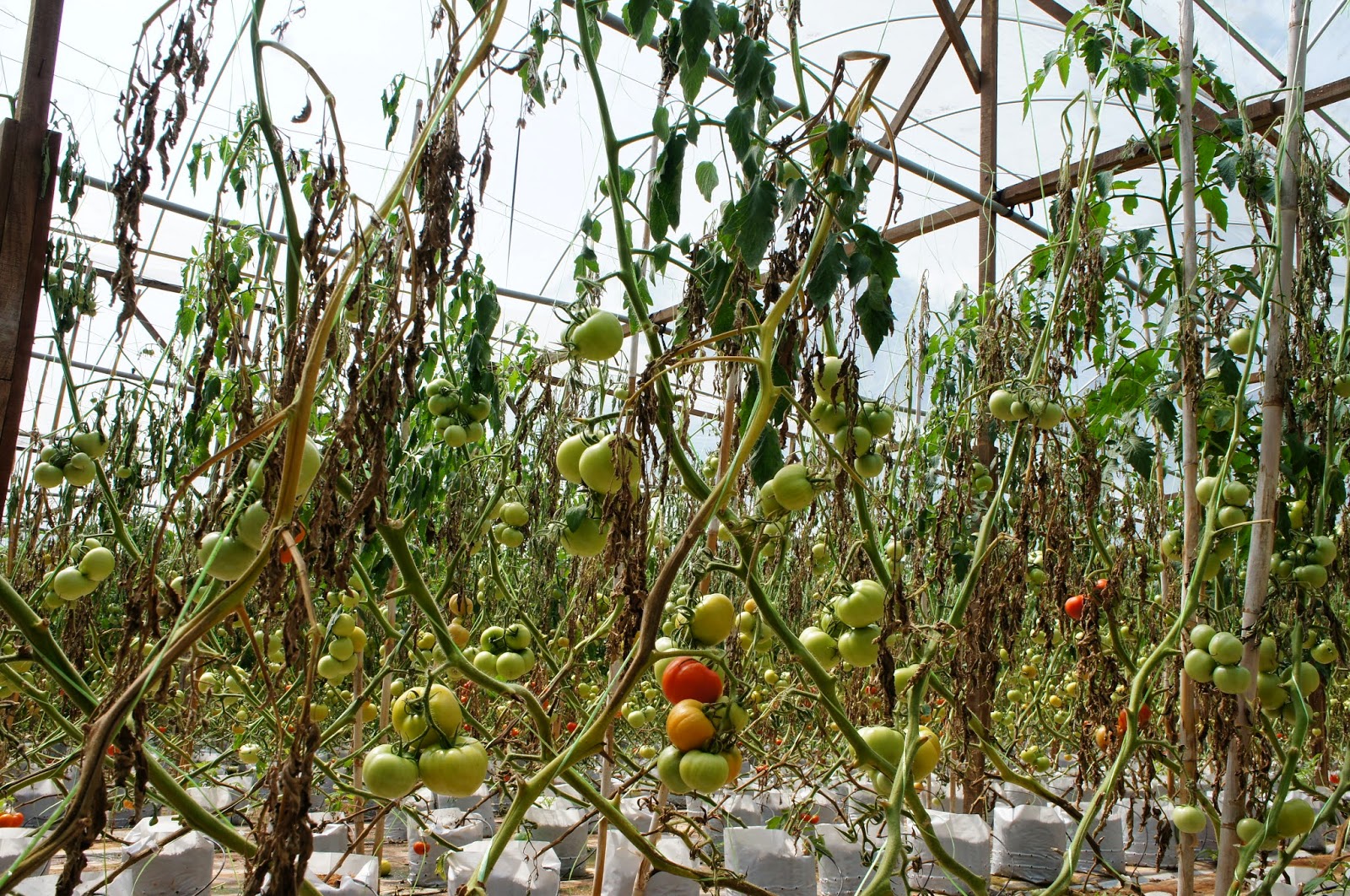Leaf rollers complete a full life cycle in a month.
DAMAGE:
-Scalding the leaf surface and became whitish streaks on leaf blades.
-Fold the leaf tips on the larva stage and feed the leaf tissues.
-Pest outbreak in short time if no action of control taken, infestation the whole field in just few days time.
-Larva stage is actively feeding on the leaves tissues during tillering to booting stage and they will spin the web to make the upper leaves into longitudinally folded.
-Larva is naturally favour to feed on young rice plants, especially those with high Nitrogen fertilized.
 |
| Heavily infested by leaffolders during active tillering stage Infestation of leaffolders on hardening stage |
 |
| Older leaves is folded like spikes |
 |
| Larva Stage of leaffolder |
 |
| Adult of leaffolder |
CHEMICAL CONTROL:
-In general, most of the insecticides in the rice market can have good control on leaf rollers. e.g. buprofenzin (Applaud), cartap (Padan), acephate.
-Imidacloprid (Nuprid, Confidor), thiamethoxam (Actara) and dichlorvos (CH dichlorvos 42) have broad-spectrum control on planthopper, leafrollers as well as stem borer.
http://www.scribd.com/doc/209942573/Integrated-pest-management-of-leaf-folder-Cnaphalocrocis-medinalis-Guen-in-rice
http://www.cropscience.bayer.com/Crop-Compendium/Pests-Diseases-Weeds/Pests/Cnaphalocrocis-medinalis.aspx
http://www.fintrac.com/cpanelx_pu/cambodia/12_13_5906_Technical-Bulletin-44-Rice-Leaffolder-English%20revised.pdf
http://www.knowledgebank.irri.org/decision-tools/rice-doctor/rice-doctor-fact-sheets/item/rice-leaffolder?category_id=345







